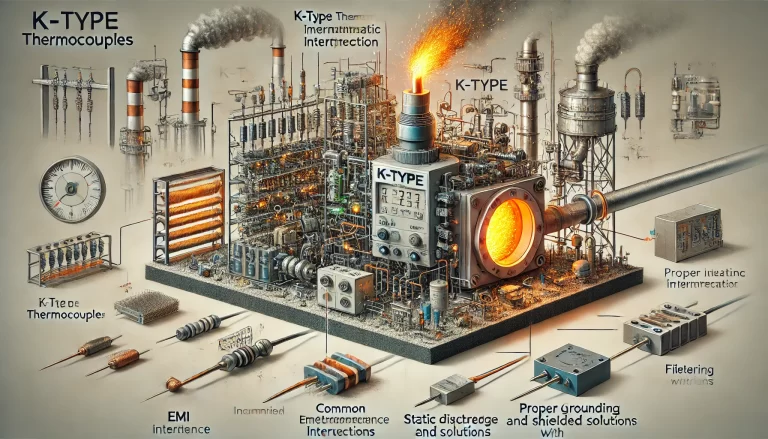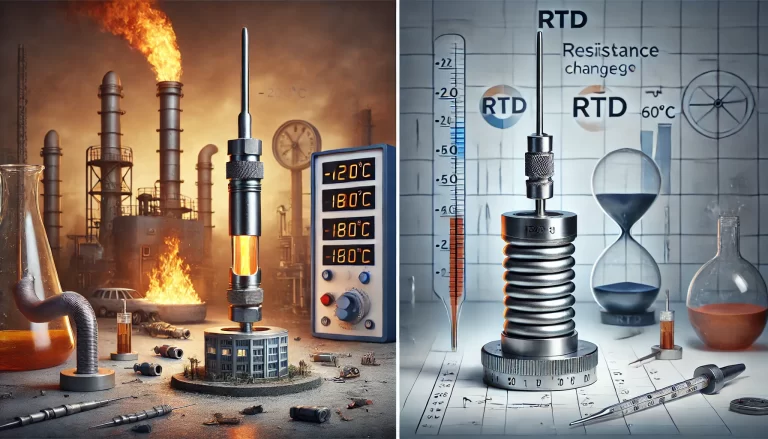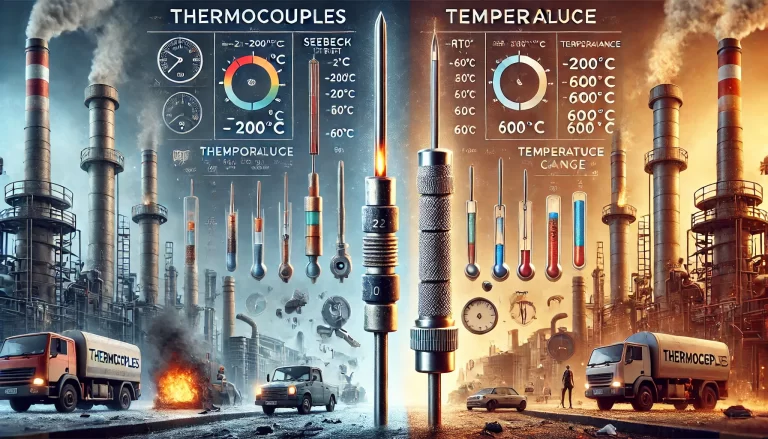Thermocouples are widely used temperature measurement devices in various industries due to their simplicity, durability, and wide temperature range. They operate on the principle of the Seebeck effect, where two dissimilar metals connected at two junctions generate a measurable electromotive force (EMF) related to temperature differences. The fundamental principles guiding thermocouple operation are summarized by four key laws:
1. Law of Homogeneous Conductors
The law of homogeneous conductors states that a single, uniform conductor cannot produce an electromotive force merely due to temperature differences along its length. In simpler terms, if both ends of a homogeneous (uniform) metal conductor are subjected to different temperatures, no net voltage will be generated, regardless of temperature distribution or the cross-sectional shape of the conductor.
Significance: This law emphasizes that thermoelectric voltage generation fundamentally requires two dissimilar materials.

2. Law of Intermediate Metals (Intermediate Conductor Law)
According to this law, if a third metal conductor is introduced into a thermocouple circuit but maintains the same temperature at both its connection points, it will have no impact on the total electromotive force produced by the thermocouple. Essentially, the intermediate metal does not affect the measurement as long as it experiences no temperature gradient.
Significance: This allows practical implementation of thermocouple circuits, facilitating connections through measurement instruments without affecting accuracy.
3. Law of Intermediate Temperatures
The law of intermediate temperatures states that if a thermocouple produces an EMF (E) when its junctions are at temperatures T1 and T3, the total EMF is equal to the sum of EMFs generated when the junctions are at intermediate temperatures T1 and T2, and T2 and T3:
E(T1, T3) = E(T1, T2) + E(T2, T3)
Significance: This simplifies temperature measurements, enabling calibration and calculation at intermediate reference points, facilitating the use of thermocouples across a broader temperature range.

4. Law of Reference Junction Temperature (Standard Temperature Law)
This law states that if one junction of the thermocouple is held at a known fixed temperature (often 0°C), the electromotive force generated is dependent solely upon the temperature at the measurement (hot) junction. This effectively standardizes the reference junction, simplifying calculations and allowing practical measurement applications by maintaining one known reference temperature.
Significance: This law is the foundation for practical thermocouple usage, allowing a standardized reference junction (such as ice-point or electronic compensation methods) to accurately determine unknown temperatures.

Conclusion
Understanding these four fundamental laws—homogeneous conductors, intermediate metals, intermediate temperatures, and reference junction temperature—is crucial for correctly applying and interpreting thermocouple temperature measurements. These laws ensure accuracy, reliability, and consistency across a wide range of thermocouple applications in industrial, scientific, and technical fields.
